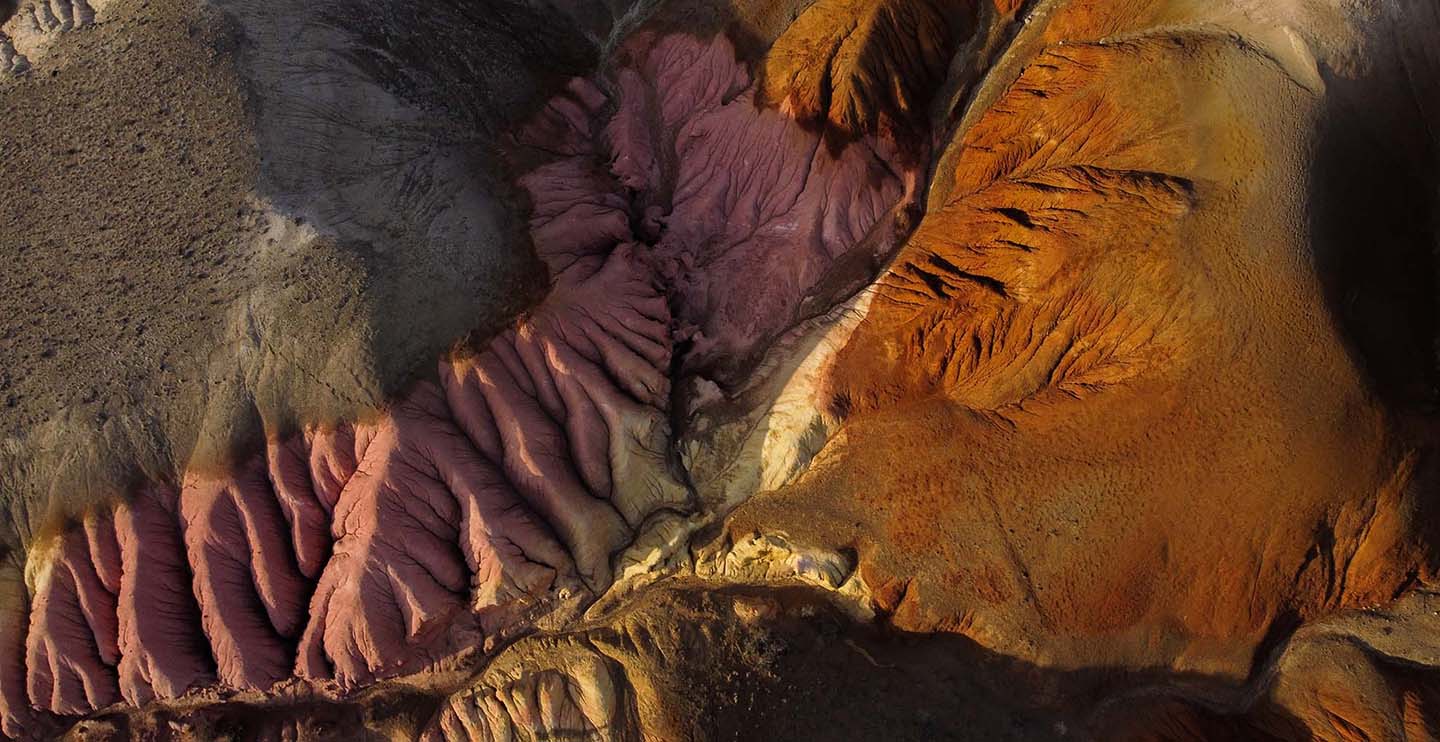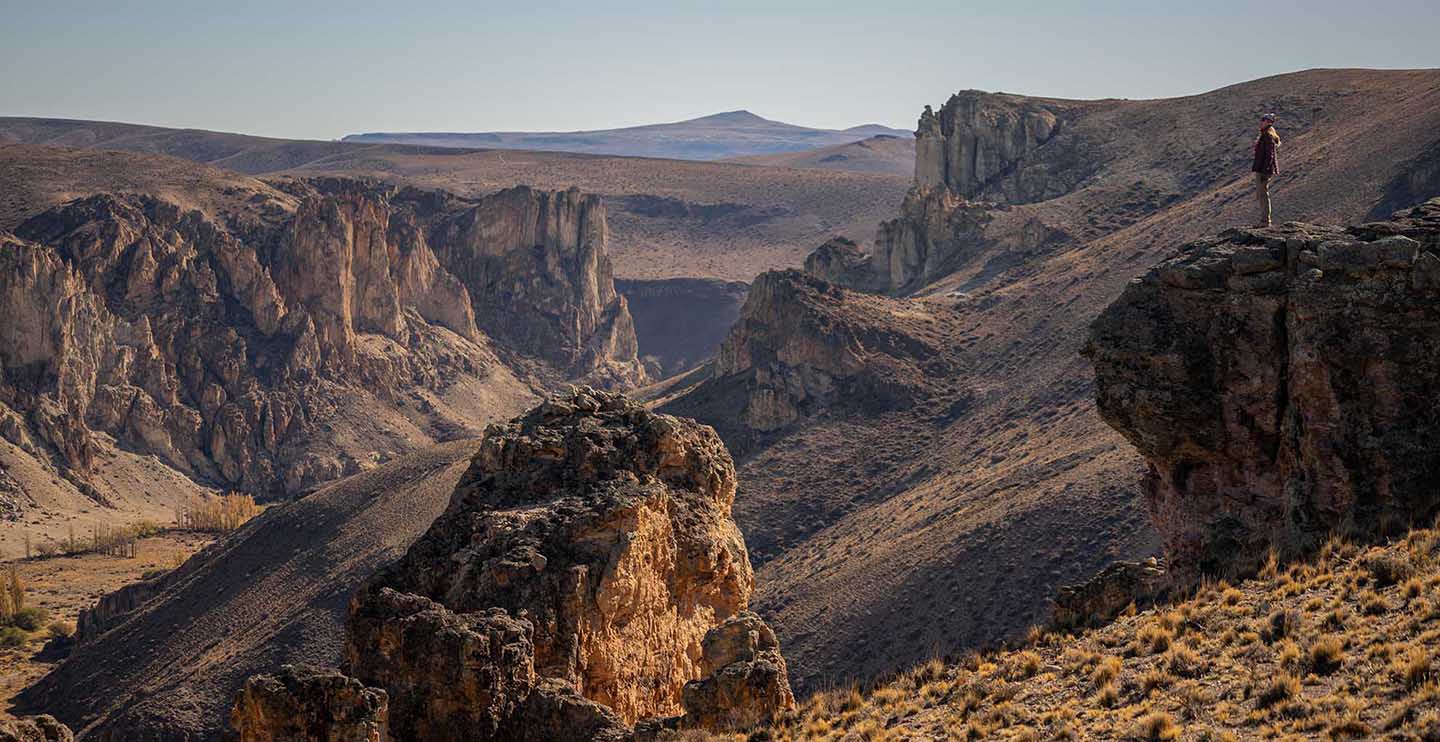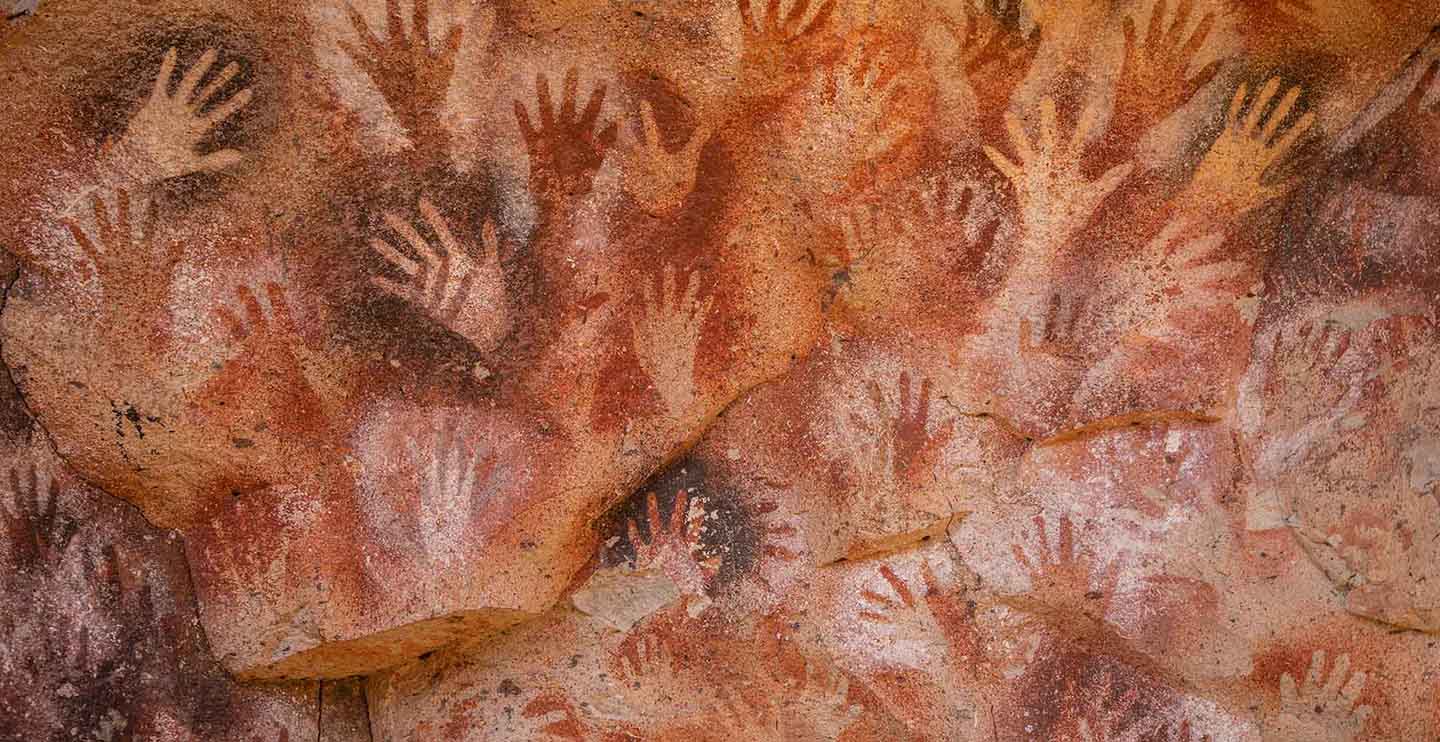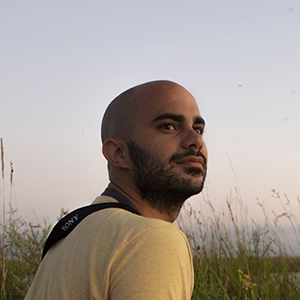Ancient Connections and Natural Horizons
A journey through time and identity
The need for natural spaces for reflection is an increasingly important priority in our society, which is constantly connected and on the move. As the demands of modern life continue to increase, the search for spaces of peace and reflection becomes essential to maintain emotional, mental, and spiritual balance.
Natural spaces offer a shelter from the hustle and bustle of modern life. These settings provide a vital break from the constant technological stimulation and the maelstrom of the daily routine. In the midst of nature, one can find a sense of peace and serenity that is difficult to experience in urban environments.
The beauty and diversity of natural landscapes also awaken creativity and profound contemplation. The simplicity and complexity of nature inspire reflective thinking and allow people to connect with themselves and the world around them. The sounds of the wind, the murmur of streams, and birdsong create the perfect setting for introspection.

The Tierra de Colores trail in Parque Patagonia is a geological fault dating back 16-17 million years. Photo © Sebastián López Brach
The relationship between identity and territory is complex and profound. Territory can shape a community's identity through places and landscapes, and vice versa, creating an interaction that impacts how we live and relate to the world. Territory goes beyond geography, harboring cultural and spiritual heritages contributing to identity. This can generate a sense of belonging, and at times conflict, when identities overlap. Globalization can threaten territorial identities, eroding traditions and deep connections.
In Argentina, there is a powerful connection between the identity of the territory and the conservation of its natural spaces. Every corner of the country carries an ancestral history woven into the very fabric of the land. For the ancient inhabitants of these lands, nature was not only a home but also a canvas to express their beliefs and experiences. The relationship between identity and territory is manifested through language, food, music, architecture, and shared beliefs.
Ecotourism has become a crucial component of Argentina's tourism sector, contributing significantly to the industry's revenues. This segment shows even more significant growth potential, representing 30% of total revenues. To attract and captivate visitors, a strategy has been implemented that focuses on providing high-quality services in natural and wild environments while minimizing the impact on the ecosystem.

El Cañadón de las Pinturas is an archaeological site known for housing the Cueva de las Manos. Photo © Sebastián López Brach
One of the most remarkable examples of this strategy is found in Parque Patagonia. In this magnificent, unspoiled environment, three public campgrounds have been established that offer amenities designed to harmonize with the surrounding nature. The wooden shelter in these campgrounds provides refuge for visitors and integrates visually with the environment. This approach is essential in a region with strong and changeable winds. In addition, the installation of dry toilets shows a commitment to sustainability and conservation of the environment, avoiding pollution and the disruption of fragile ecosystems.
The 40 kilometers of carefully laid out and maintained trails at Parque Patagonia are a testimony of the commitment to provide a unique experience that allows visitors to explore and enjoy the natural beauty of the environment without disturbing the delicate ecological balances in the area. By providing controlled and conscious access to nature, we seek to create a harmonious relationship between visitors and the landscape.

The Tehuelche Indigenous communities created the Cueva de las Manos paintings thousands of years ago. Photo © Sebastián López Brach
One of the must-see destinations in this region is the Bajada de los Toldos, a road that leads through the impressive Cañadón del Río Pinturas. This prehistoric canyon is the way to an authentic archaeological treasure: the famous Cueva de las Manos. This exceptional site has been recognized by UNESCO as a World Heritage Site since 1999. In the Cueva de las Manos, cave paintings dating between 1,300 and 9,300 years ago are preserved. These artistic representations capture a lost moment in history and offer a fascinating window into the life of the ancient cultures that inhabited the region.
The stone walls that dominate the landscape enclose a fascinating visual history. The drawings superimposed on these stones narrate the life and beliefs of the region's original inhabitants. Hunting scenes, animals in motion, geometric figures, and, in particular, the approximately 2,000 hands engraved in the stone stand as an expression of identity of these ancient inhabitants.
Preserving these places not only enriches the visitor experience but also helps to keep alive the history and culture of the past. Natural spaces offer a necessary contrast in a world where speed and connectivity often prevail. These places remind us of the importance of disconnecting, letting go of digital distractions, and immersing ourselves in the vastness of nature. Reflection in these environments nourishes the mind, revitalizes the spirit, and nurtures a more profound connection to the natural world and oneself.
Main image: Groups of guanacos can be easily observed moving across the steppes and plateaus of Parque Patagonia in search of food. Photo © Sebastián López Brach
